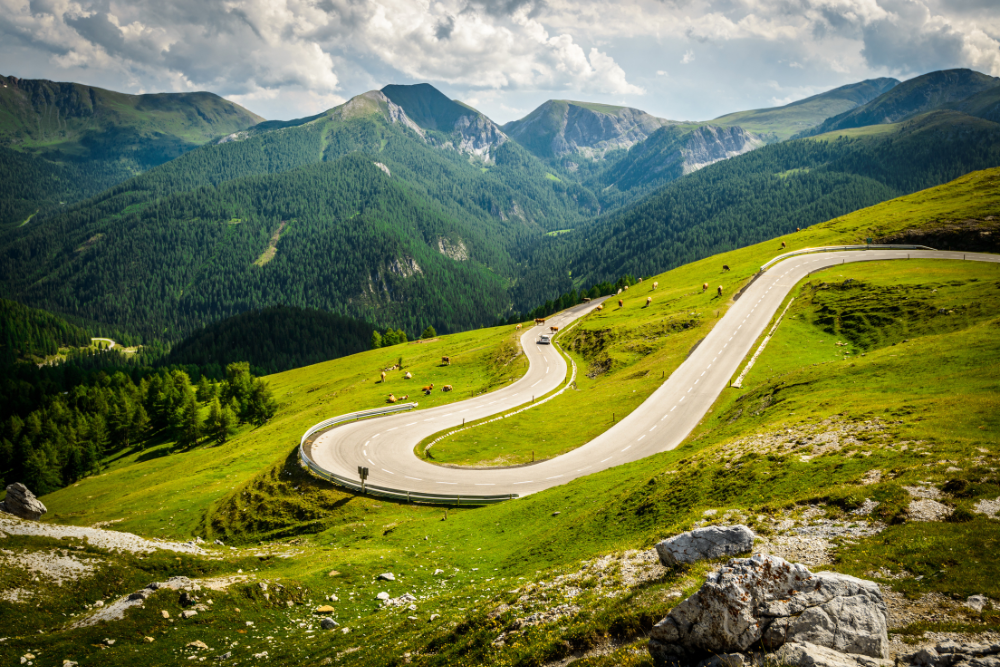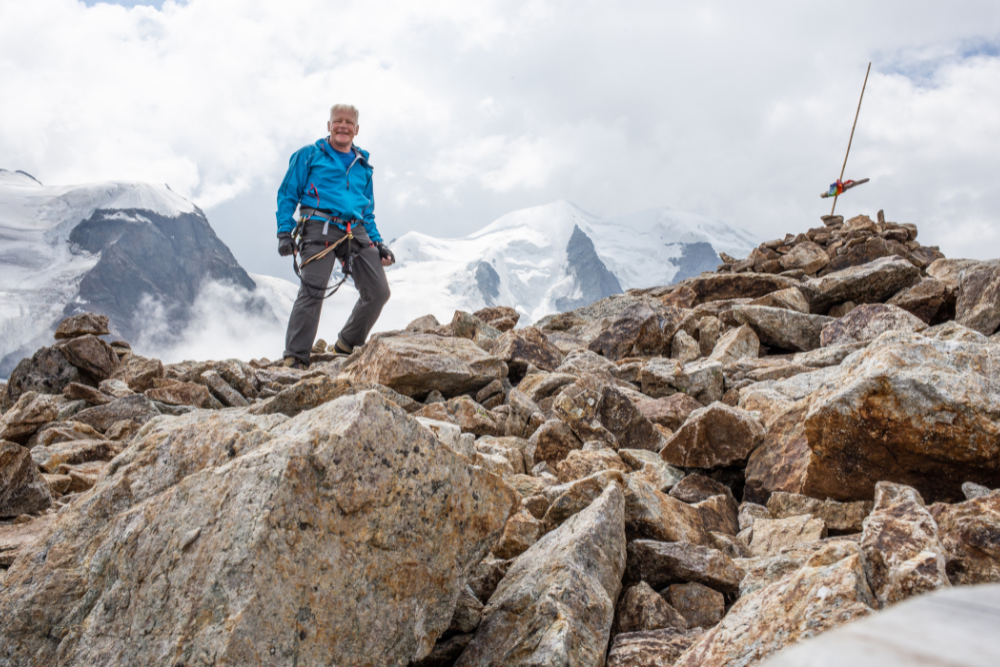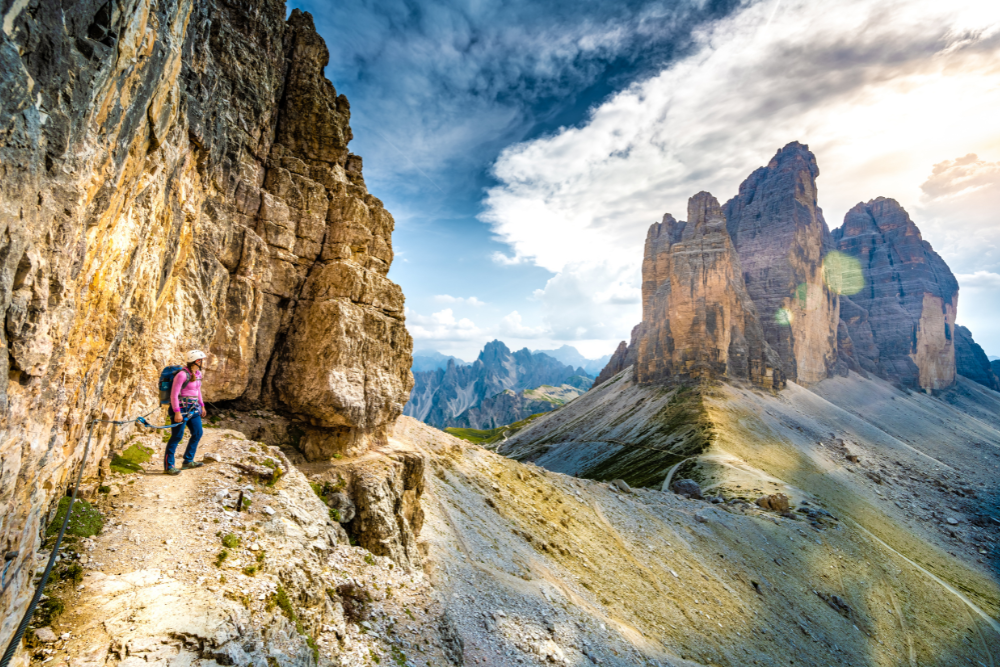Switzerland’s Via Alpina is one of the most spectacular long-distance hiking trails in Europe, taking adventurers through majestic peaks, remote valleys, and charming alpine villages. Covering 390 kilometers and crossing 14 of Switzerland’s most beautiful mountain passes, the route offers an unparalleled experience for those seeking a true alpine adventure.
Whether you plan to hike the entire route or just a section, this guide will help you prepare, navigate, and enjoy Switzerland’s most epic cross-country trek.
What is the Via Alpina?
The Via Alpina (Swiss section) is a long-distance hiking trail that runs from Vaduz, Liechtenstein, to Montreux, Switzerland, on the shores of Lake Geneva.
- Total Distance: 390 kilometers
- Total Stages: 20
- Elevation Gain: Over 23,000 meters
- Highest Pass: Hohtürli Pass (2,778 meters)
- Best Season: June to September (snow-free months)
Route Overview: Key Stages of the Via Alpina
The Via Alpina is divided into 20 stages, but here are some of the most scenic and challenging sections.
Vaduz (Liechtenstein) to Elm (Stages 1–5)
- Highlights: Rolling green hills, traditional Swiss farms, and the dramatic Sarganserland mountains.
- Toughest Part: The ascent to the Foopass (2,223 meters).
- Best For: Those who enjoy alpine pastures and moderate hiking.
Elm to Engelberg (Stages 6–11)
- Highlights: The stunning Glarus Alps, deep gorges, and high alpine meadows.
- Toughest Part: The Richetlipass (2,261 meters), a steep and remote crossing.
- Best For: Hikers who prefer rugged alpine terrain and quieter trails.
Engelberg to Grindelwald (Stages 12–15)
- Highlights: The world-famous Bernese Oberland, passing under the Eiger, Mönch, and Jungfrau.
- Toughest Part: The Hohtürli Pass (2,778 meters), the highest point on the route.
- Best For: Those who want the classic Swiss mountain experience.
Grindelwald to Montreux (Stages 16–20)
- Highlights: Scenic Lauterbrunnen Valley, the cheese-making region of Gruyères, and finishing at Lake Geneva.
- Toughest Part: The long, undulating descents toward Montreux.
- Best For: Hikers who love alpine lakes and cultural villages.
Planning Your Via Alpina Hike
Best Time to Hike
- June to September: Ideal as high passes are free of snow.
- May and October: Some snow may still cover higher sections.
- Winter: Not recommended unless you are an experienced alpine mountaineer.
Accommodation Options
- Mountain Huts: Basic dormitory-style huts with meals.
- Hotels and Inns: Available in larger villages like Engelberg, Grindelwald, and Kandersteg.
- Camping: Possible but limited; wild camping is mostly prohibited.
Difficulty and Fitness Level
The Via Alpina is a challenging trek with long ascents and descents, requiring:
- Good endurance (hiking six to eight hours per day).
- Experience with mountain terrain.
- Ability to carry a backpack with essentials.
Packing List for the Via Alpina
Essential Gear
- Hiking Boots: Sturdy, waterproof, and well broken-in.
- Backpack (40 to 50 liters): Lightweight but spacious.
- Trekking Poles: Helpful for steep ascents and descents.
- Waterproof Jacket and Pants: Weather changes quickly in the Alps.
- Warm Layers: Fleece, thermal base layers, gloves, and a hat.
- Sun Protection: Sunglasses, sunscreen, and a hat.
- Map or GPS App: Swiss Topo maps or a hiking app such as Komoot or AllTrails.
- Water Bottle and Filter: Freshwater streams are common, but a filter is useful.
- First Aid Kit: Including blister patches and pain relief.
How to Navigate the Via Alpina
- The trail is well marked with yellow signposts and white-red-white paint markings.
- The Swiss Mobility App (SchweizMobil) provides detailed maps and trail conditions.
- Paper maps (Swisstopo hiking maps) are useful for remote areas.
- Always check weather updates before crossing high passes.
Ways to Save Money
- Stay in mountain huts with half-board options (cheaper than hotels).
- Buy groceries and pack lunches instead of eating at restaurants.
- Use the Swiss Travel Pass or regional passes for discounts on public transport.
Top Tips for Hiking the Via Alpina
- Start training early by hiking with a loaded backpack to build endurance.
- Book huts in advance, especially in peak summer months.
- Carry cash, as some remote mountain huts do not accept cards.
- Be prepared for variable weather, including rain, sun, and snow on the same day.
- Learn a few German and French phrases, as many locals in Valais and Bernese Oberland speak Swiss German, while French is common in Montreux and Gruyères.
Conclusion
The Via Alpina is Switzerland’s ultimate long-distance trek, offering spectacular mountain landscapes, traditional villages, and challenging trails. Whether you hike the full route or select a few stages, this journey promises a true alpine adventure that showcases the best of Switzerland’s natural beauty.
Would you hike the Via Alpina in one go, or break it into sections?












